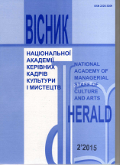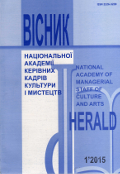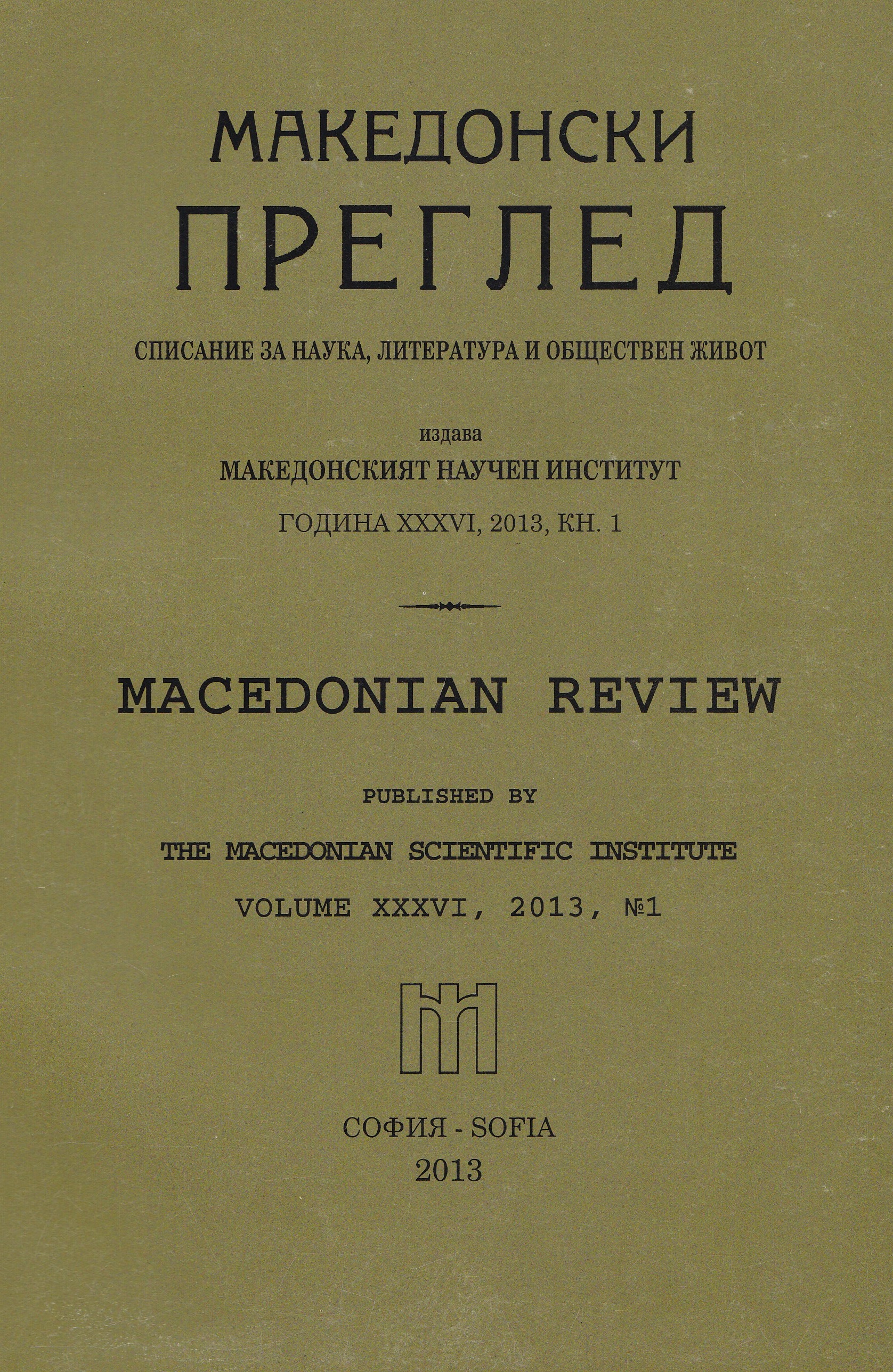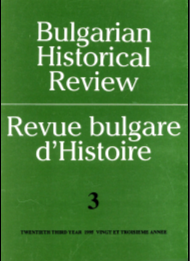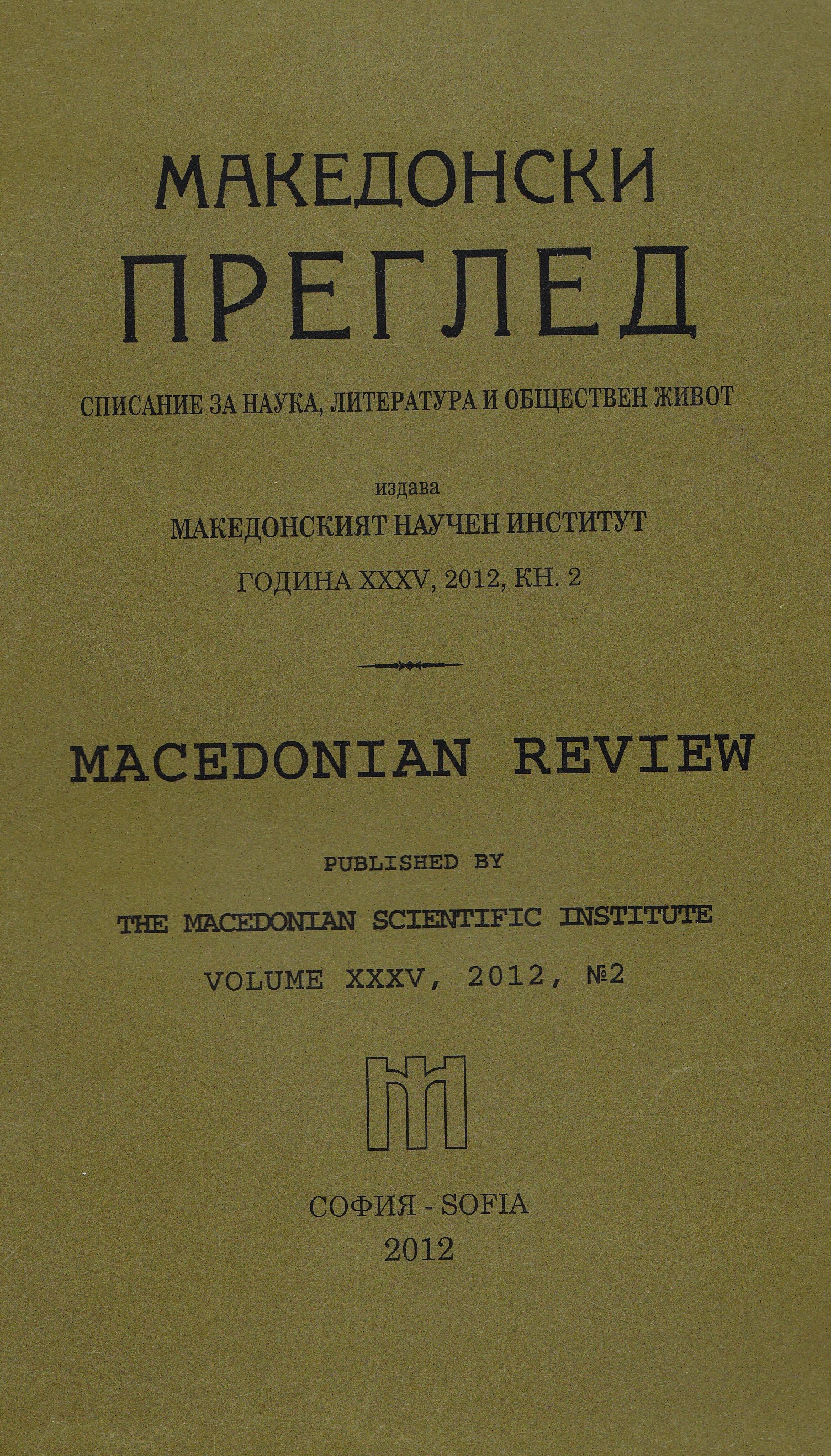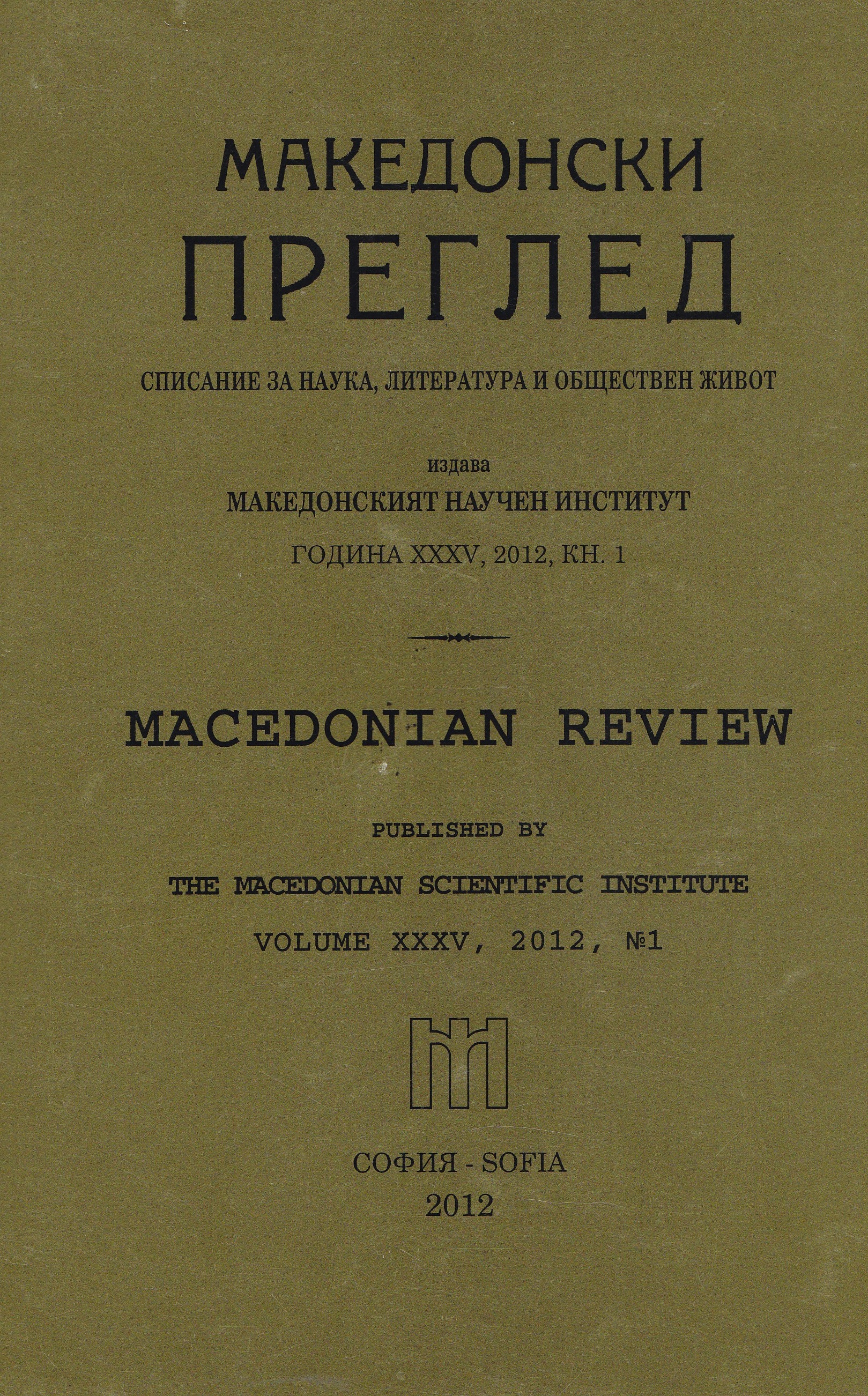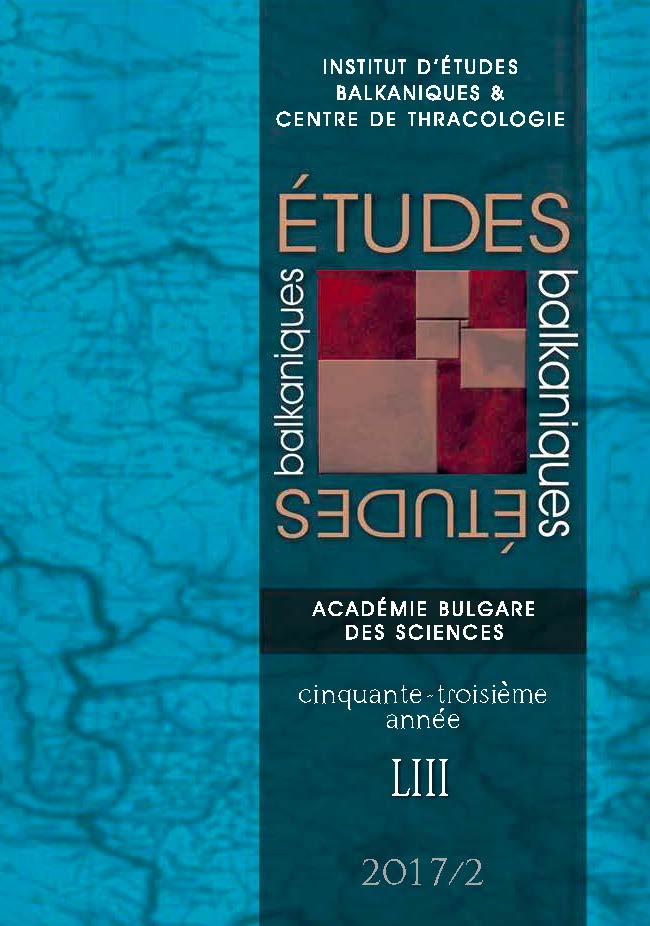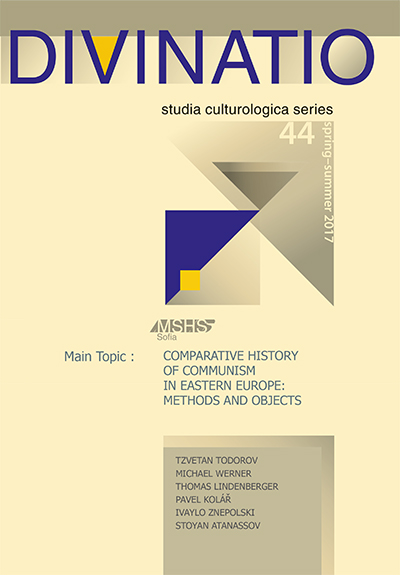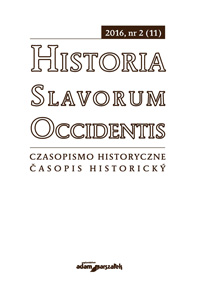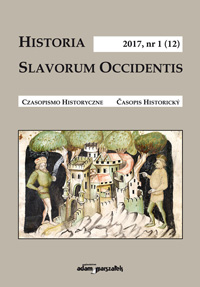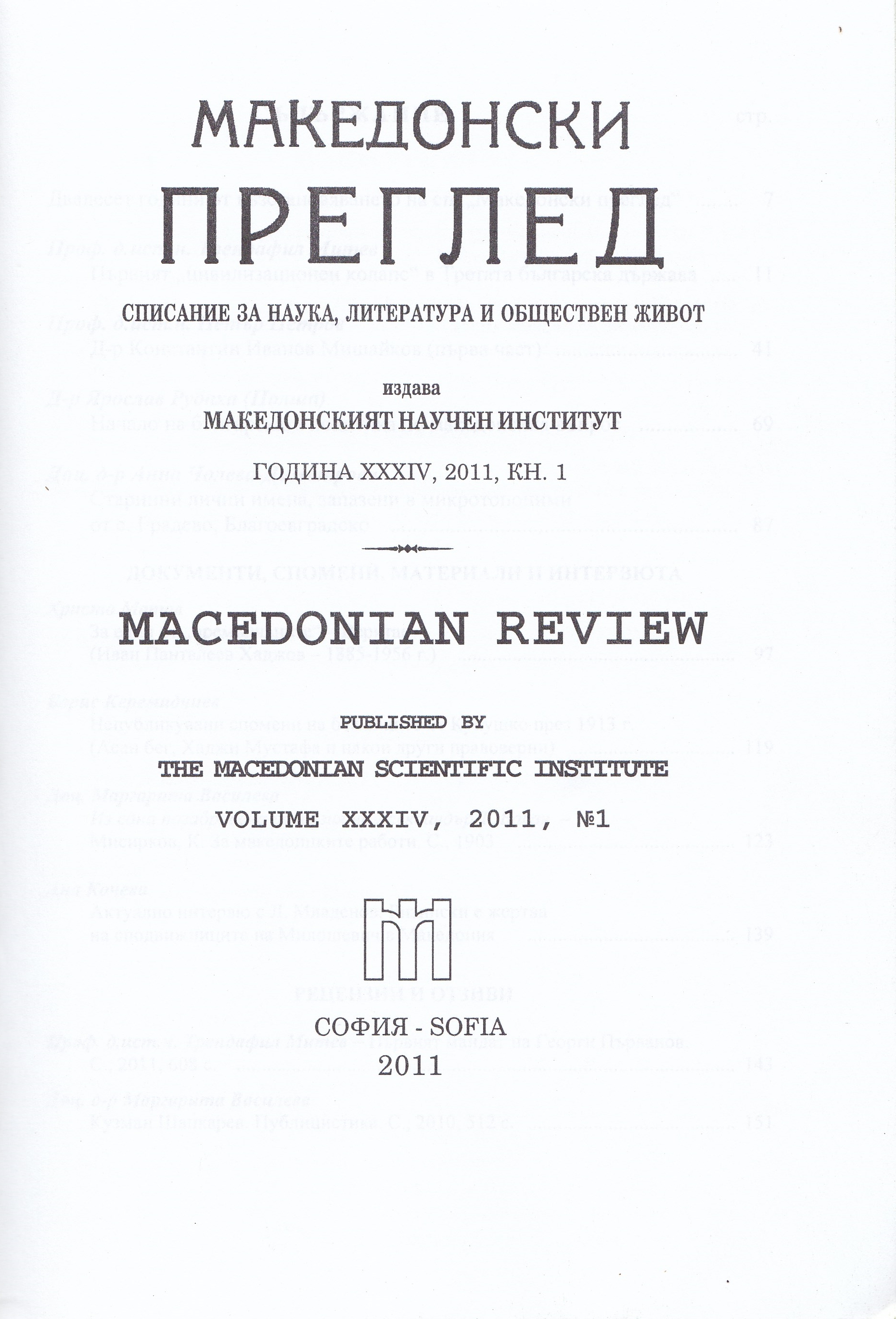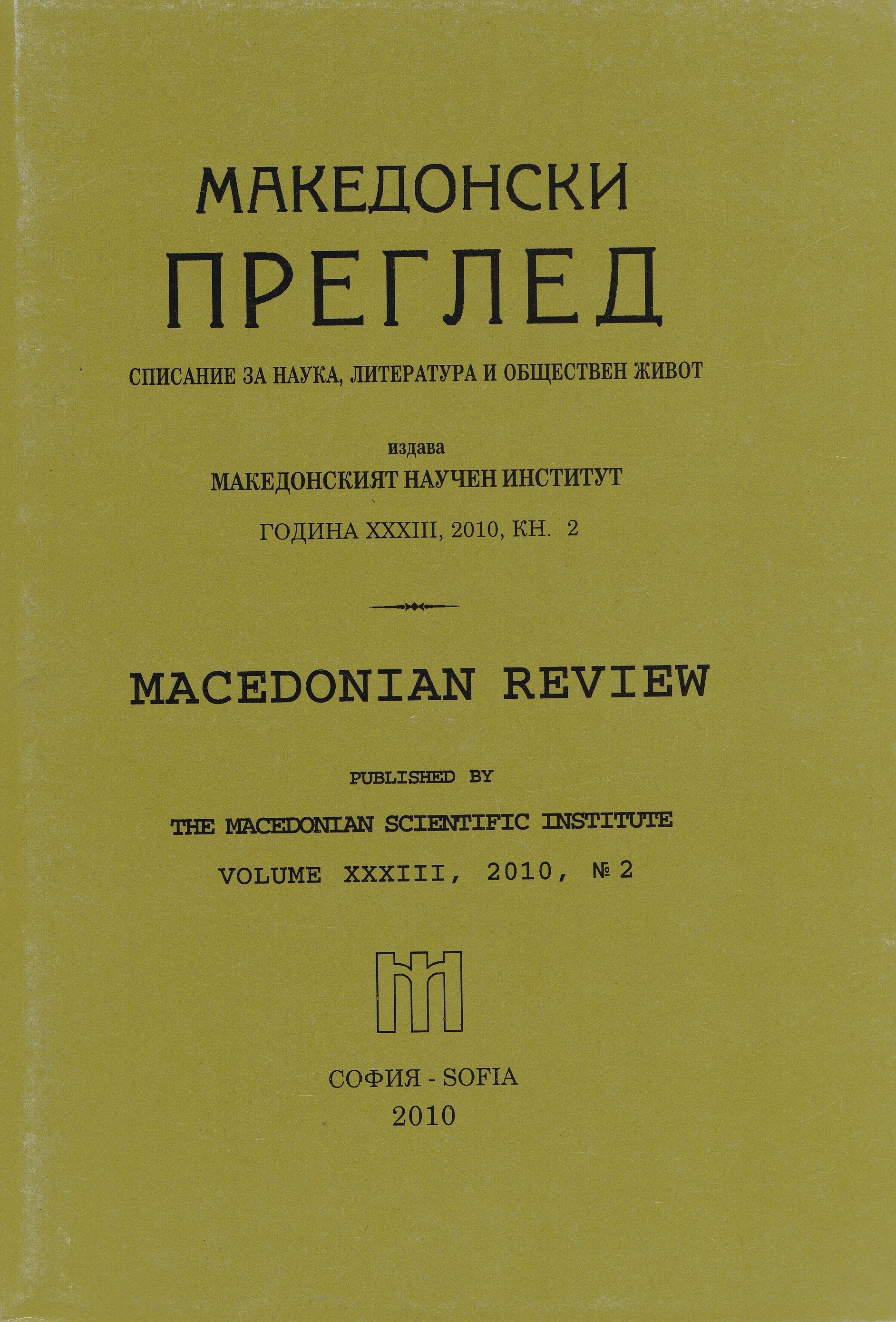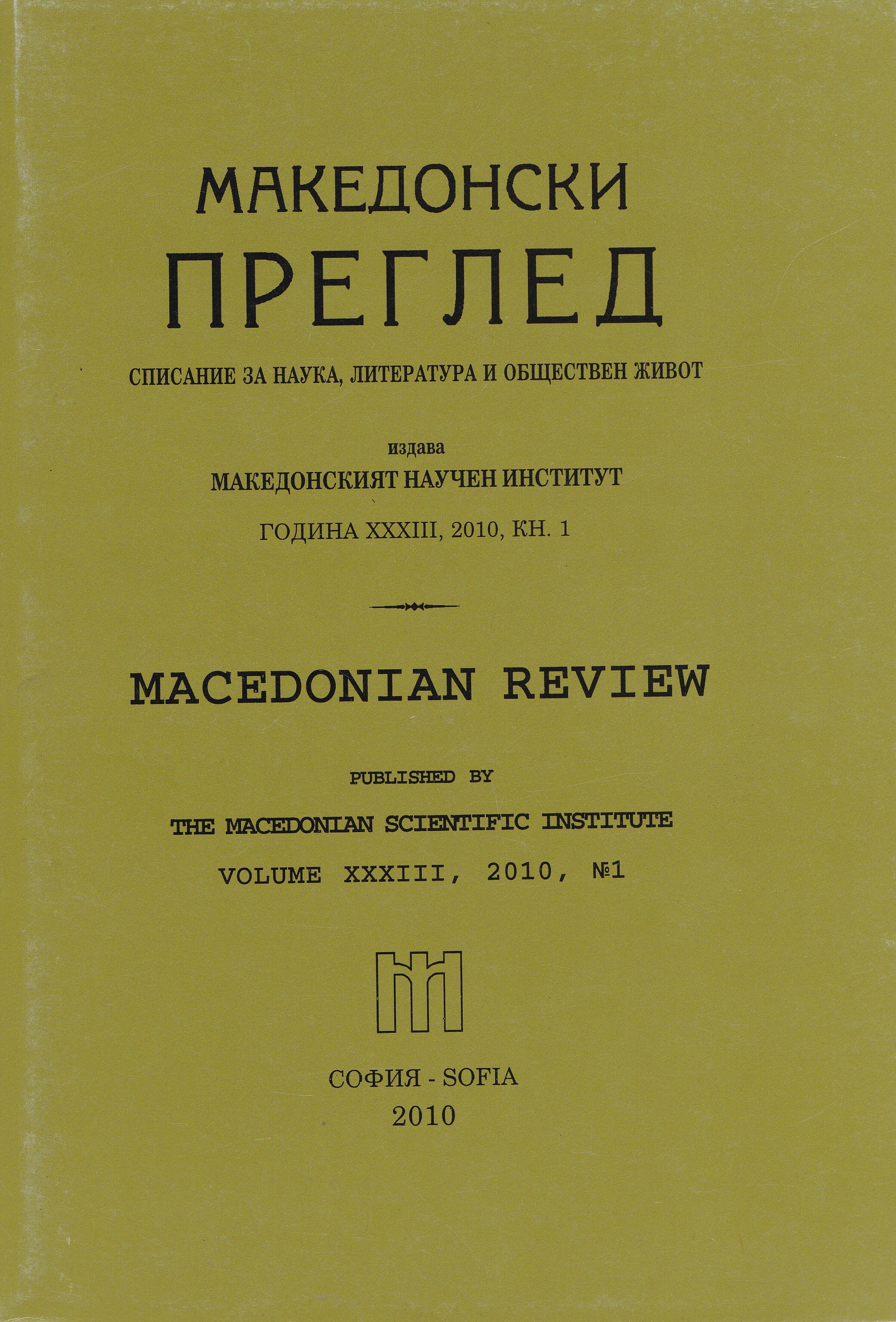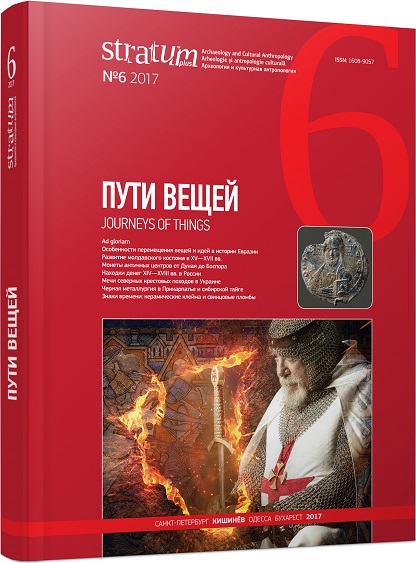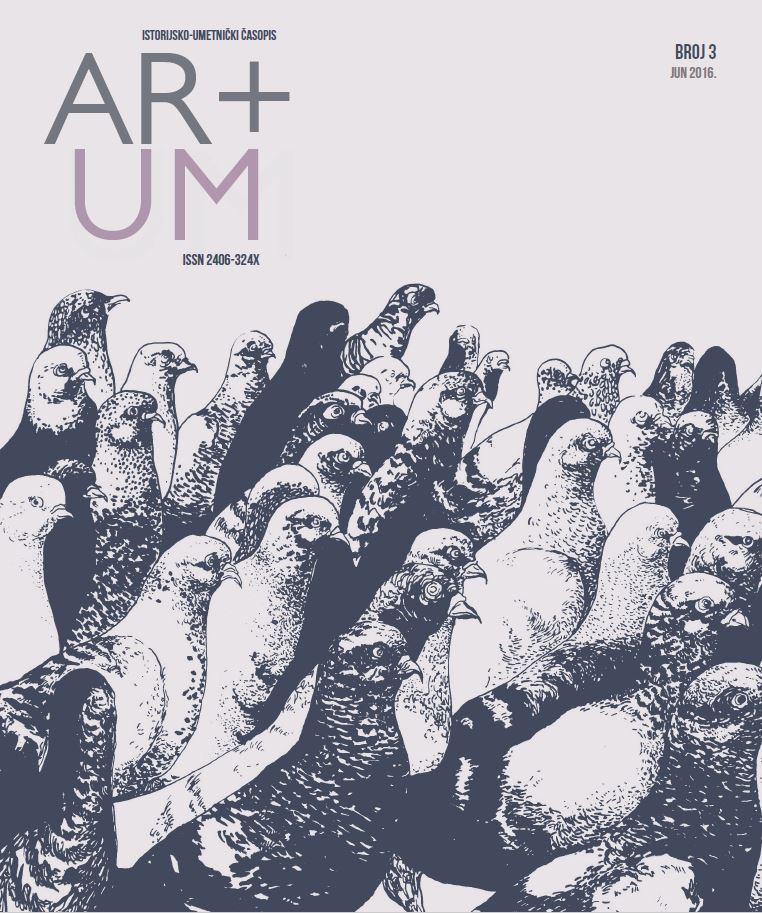
Egipatsko zaveštanje: obelisci na teritoriji carskog Rima
Ancient Egyptian civilization has left much of its cultural and artistic heritage in legacy to Rome. Among other things this includes obelisks, giant monolithic monuments carved from red granite. In ancient Egypt they usually stood as pair pillars, in front of the entrances of temples. Because of their shape, they were linked with rays of Sun, being their petrified representation. As such, obelisks made the connection between Earth and Heavens. After conquering Egyptian territory, following the battle of Actium in 31. BC, Romans have began appropriation of Egyptian monuments even more intensively. Octavian August was the first emperor who recognized the potential of obelisks. They could serve him as a powerful instrument of propaganda, emphasizing the fact that he was the one who was responsible for conquering Egypt. Thus, August decided to move the first two obelisks to Rome in 10. BC. First one was set up in centre of Circus Maximus, ancient Roman chariot racing stadium, and the second on Campus Martius where it served as a sundial. Shortly after, other emperors started to follow his example. Caligula, Domitian, Hadrian were some of them. Meanwhile, a new practice emerged, obelisk now could be carved directly in Rome, which was the case with Domitian’s and Hadrian’s obelisks. During the Middle Ages obelisks fell into oblivion, much of them lying in the ruins, for the sake of Ostrogothic siege or earthquakes. It was not until pontificate of Pope Sixtus V (1585-1590) that they once again came into centre of attention. Thanks to his engagement, obelisks were raised once more, but this time as symbols of Christian supremacy.
More...
